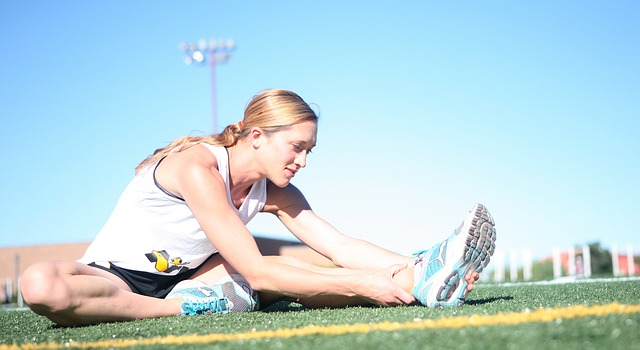There’s nothing worse than tightness and restriction in particular areas of our bodies. This is especially with so many people working long hours at desks.
Stretching can be an amazing tool to keep bodies feeling loose, free and connected. You will notice animals naturally stretching; dogs and cats both stretch on rising.
Stretching scientifically is the wise approach to getting good results. Our muscular system has two types: tonic muscles and phasic muscles.
Tonic Muscles
These are slow twitch fibre dominant and more postural or stability based. Their nature is more inclined to shorten and tighten under faulty loading or incorrect positions.
Neck muscles, for example, get short and tight. They can pull on spinal vertebrae, block nerves that supply the arms, create headaches or just make us feel uncomfortable.
Phasic Muscles
By contrast, phasic muscles have a tendency to weaken and lengthen. They are more fast twitch dominant and respond to more explosive style training. Abdominal muscles are predominantly phasic.
Tight muscles can pull joints out of their optimal position and create a lot of pain and discomfort. Weak long muscles can also allow this to happen. This destabilises joint structures throughout the body.
Targeted Stretching
Stretching everything does not make any sense. Identifying only the tight muscles is valuable for long-term structural health. Then you can learn to be specific and powerful with your stretching.
When you only stretch tight muscles, this creates a postural balance within the body and an optimal positioning of the joints as you strengthen opposing muscles.
Muscles can also become tighter on one side of the body. This rotates the pelvis and trunk, causing pain and dysfunction.
Have a look in the mirror and see if you have one shoulder sitting higher than another. This causes a scoliosis, which is a lateral or sideways pulling of the neck or spine.
This happens throughout the body and once again stretching evenly side to side will not change this muscle imbalance
You can find out what specific muscles to stretch to correct your body structure, eliminate pain and increase the health of joints. An example of this is a hamstring.
This should be about 170 to 180 degrees: if it measures 130 degrees it is short and tight, and needs stretching. However, if it is 180 degrees it needs strengthening. To stretch muscles that are already too long will make the body weak and distort it more.
Muscles can also tighten up because of lack of stability in other muscles – just because they are tight does not mean they should be stretched – it means they should be assessed.
A postural and orthopedic assessment is a scientific measuring of the whole body to know exactly what is needed. If you don’t assess then you guess. An educated scientific approach is definitely the key.
You can find much more information on living a holistic lifestyle in these free magazines and on our YouTube channel.
Michelle Owen – See more at www.michelleowen.co.nz Corporate Health and Wellness Speaker, Postural and wellness specialist, Corrective Holistic Exercise, Kinesiologist






